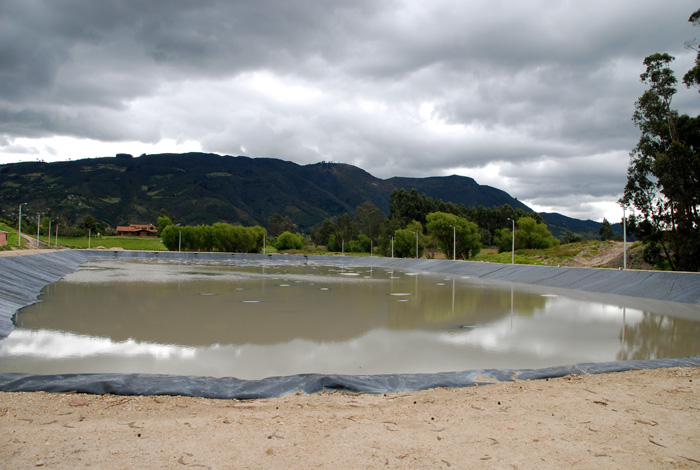According to the Pan American Health Organization (PAHO), in Latin America 31 people have died due to this disease during this year. For this reason, measures have to be taken.
People ask how prone Colombia is to have an epidemic like this. According to the dengue fever expert from Universidad Nacional de Colombia, Martha Quiñones, "the country is very exposed, since it is a virus that is transmitted from a sick person to a healthy person by means of the bite of Aedes aegypti mosquito. This species of mosquito lives in water deposits, generally clean, in people"s houses, towns or cities."
She also mentioned that most of the cities in the country, which are 1.800 meters above sea level, have high infestation levels due to this mosquito, which is a very high risk for the transmission of this disease.
In addition, the increase in the environmental temperature, such as that from last year (2010) due to El Niño, makes the mosquito"s reproduction cycles faster, and, as a consequence, there are higher numbers of this mosquito capable of transmitting the disease.
Besides, the situation gets worse since people accumulate water in deposits close to their houses, giving the mosquito more places to reproduce.
Quiñones also mentioned that the departments with higher number of cases of dengue fever are Antioquia, Valle, Santander, Risaralda, Tolima, Quindío, Norte de Santander, Huila, and Atlántico.
Symptoms
"In order to detect the disease, it is very important for doctors to be familiarized with the symptoms, which, in many cases, can be confused with common flu or other feverish diseases," asserted the expert.
According to the scientist, there are three different manifestations of the disease: dengue fever, hemorrhagic dengue fever, and hemorrhagic shock.
"The most common symptoms of the dengue fever are: high fever, headache in the frontal zone, eye ache that increases with ocular movement, muscular and articular pain or O nyon-nyong fever, lack of appetite, eruption in the thorax or lower limps, nauseas and vomit," explained the epidemiologist.
Precautions to take into account
- Keep your house and neighborhood free from vector mosquitoes by covering all water deposits.
- Allow members of the health secretariats to treat them by eliminating useless stuff from the patios, such as old tires, with the purpose of avoiding water accumulations that can become breeding places for mosquitoes.
- If there is someone in the family with dengue fever, that person has to be protected with an awning to avoid mosquitoes to bite and transmit the virus. It is important to mention that these mosquitoes bite during daytime.
- Finally, it is important to go to the doctor to avoid fatal cases due to hemorrhagic fever or hemorrhagic shock, which are the most serious manifestations of this disease and can cause death.
 Correo Electrónico
Correo Electrónico
 DNINFOA - SIA
DNINFOA - SIA
 Bibliotecas
Bibliotecas
 Convocatorias
Convocatorias
 Identidad UNAL
Identidad UNAL




